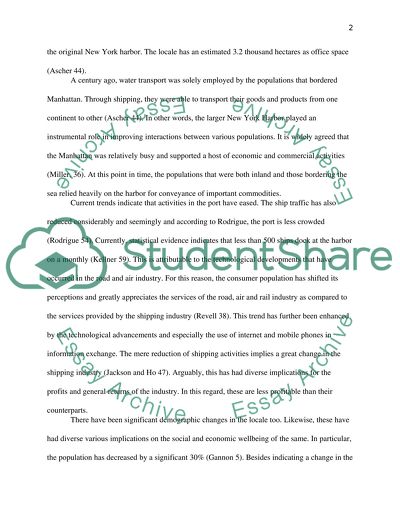Cite this document
(“Historical Maritime Research Paper Example | Topics and Well Written Essays - 1750 words”, n.d.)
Retrieved from https://studentshare.org/history/1446730-maritime-history-research
Retrieved from https://studentshare.org/history/1446730-maritime-history-research
(Historical Maritime Research Paper Example | Topics and Well Written Essays - 1750 Words)
https://studentshare.org/history/1446730-maritime-history-research.
https://studentshare.org/history/1446730-maritime-history-research.
“Historical Maritime Research Paper Example | Topics and Well Written Essays - 1750 Words”, n.d. https://studentshare.org/history/1446730-maritime-history-research.


